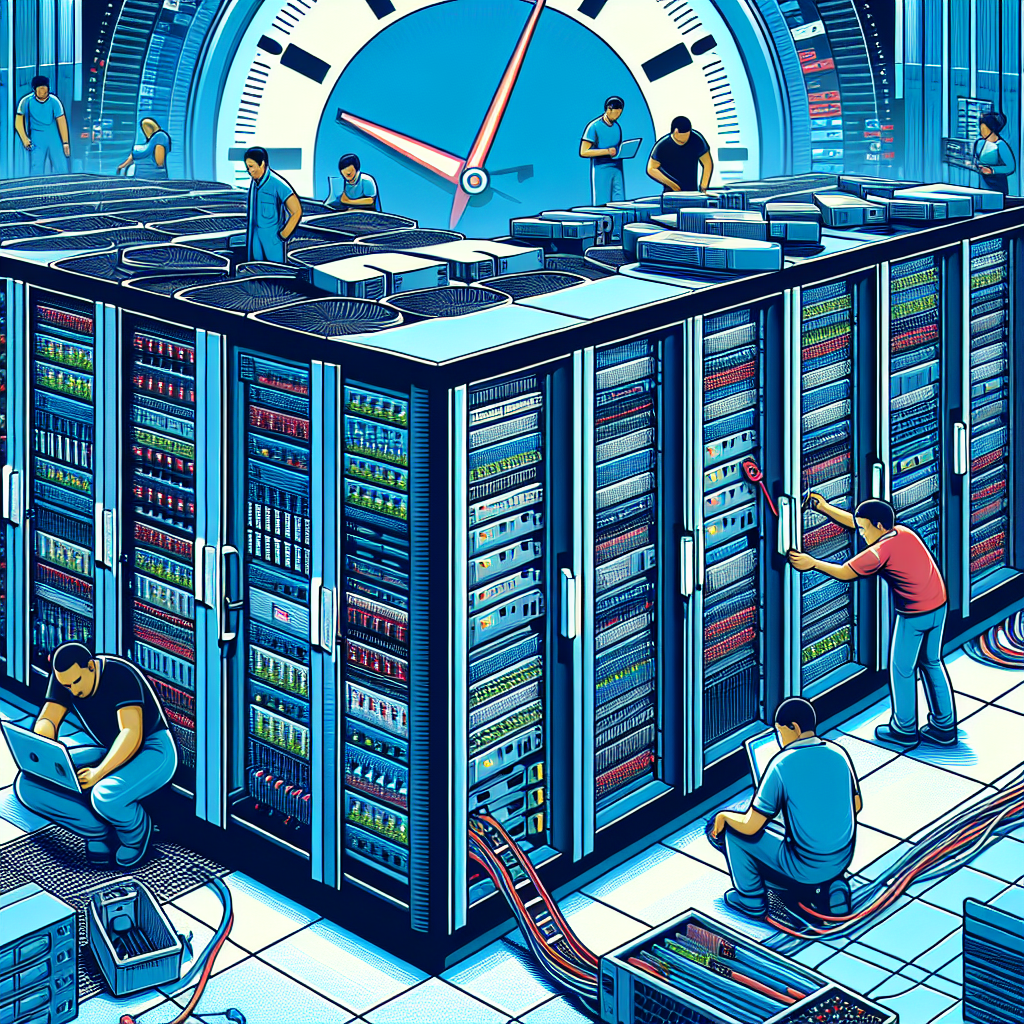Your cart is currently empty!
The Impact of MTTR on Data Center Downtime: How to Minimize Disruption

In today’s digital age, data centers are the backbone of many businesses, housing crucial information and systems that keep operations running smoothly. However, data center downtime can have a significant impact on a company’s bottom line, with potential losses in revenue, productivity, and customer trust.
One key metric that can help mitigate downtime and minimize disruption is Mean Time to Repair (MTTR). MTTR measures the average time it takes to repair a failed system or component and get it back up and running. The lower the MTTR, the quicker issues can be resolved, reducing the impact of downtime on business operations.
So, how can organizations minimize disruption and improve MTTR in their data centers? Here are some strategies to consider:
1. Regular Maintenance and Monitoring: Proactive maintenance and monitoring of data center equipment can help identify and address potential issues before they lead to downtime. Regularly scheduled inspections, testing, and software updates can help prevent failures and keep systems running smoothly.
2. Implementing Redundancy: Redundant systems and components can help mitigate the impact of failures by providing backup options in case of a primary system outage. Redundancy can include backup power supplies, cooling systems, and network connections to ensure continuity of operations.
3. Training and Skill Development: Proper training and skill development for data center staff can help improve response time and efficiency when resolving issues. Investing in ongoing training programs can help employees stay up-to-date on the latest technologies and best practices for data center maintenance and repair.
4. Automation and Remote Monitoring: Automation tools and remote monitoring software can help identify and address issues in real-time, reducing the need for manual intervention and speeding up the repair process. Automated alerts and notifications can also help data center staff proactively address potential problems before they escalate.
5. Establishing SLAs and Incident Response Plans: Service Level Agreements (SLAs) can help set expectations for response times and resolution processes in the event of a data center outage. Incident response plans should outline clear steps for identifying, escalating, and resolving issues to minimize disruption and ensure a quick recovery.
By implementing these strategies, organizations can improve their MTTR and minimize the impact of data center downtime on their operations. Investing in proactive maintenance, training, automation, and redundancy can help ensure that systems remain reliable and resilient, even in the face of unexpected failures. Ultimately, reducing MTTR can help businesses maintain continuity, protect their bottom line, and uphold customer trust in their services.

Leave a Reply